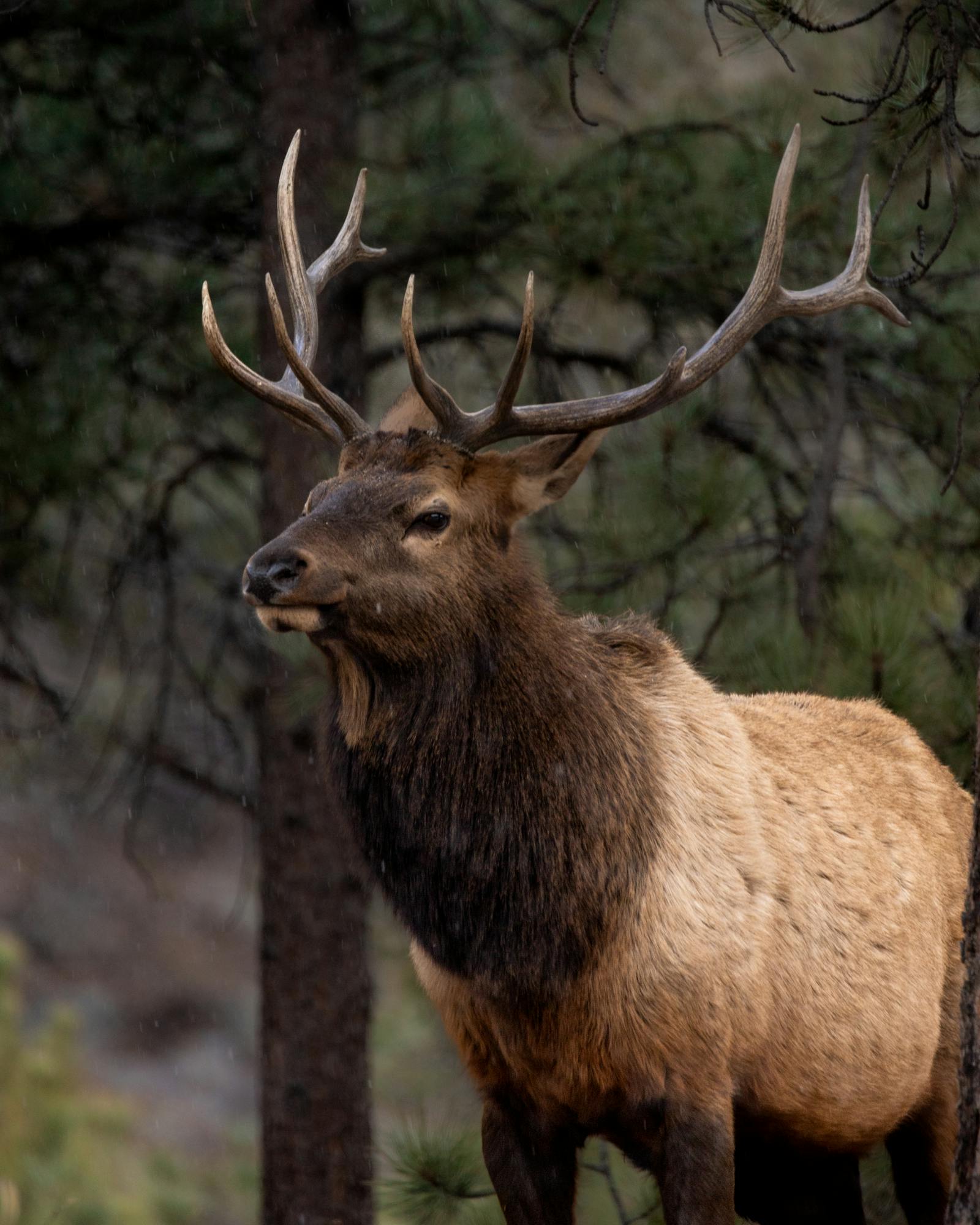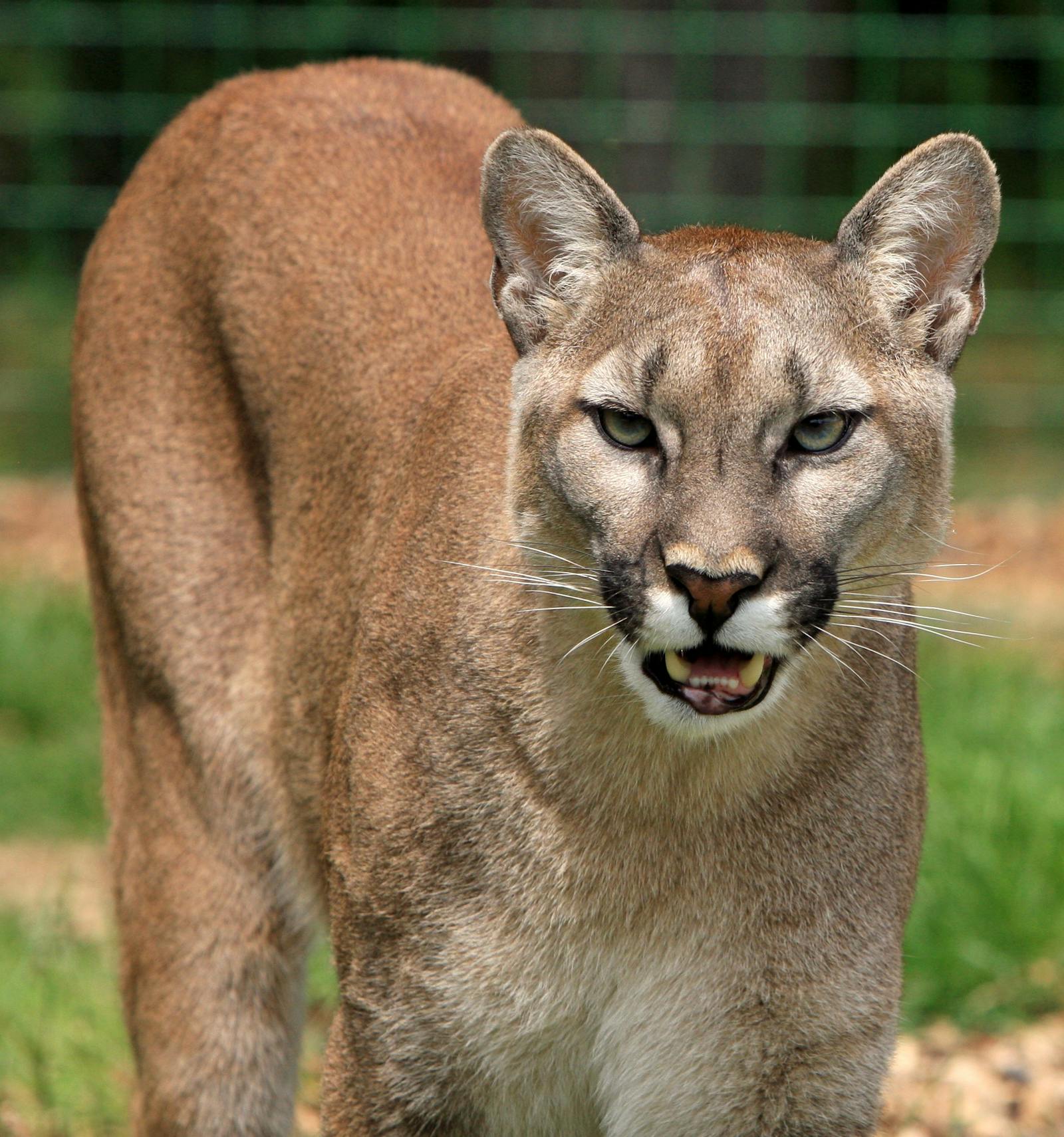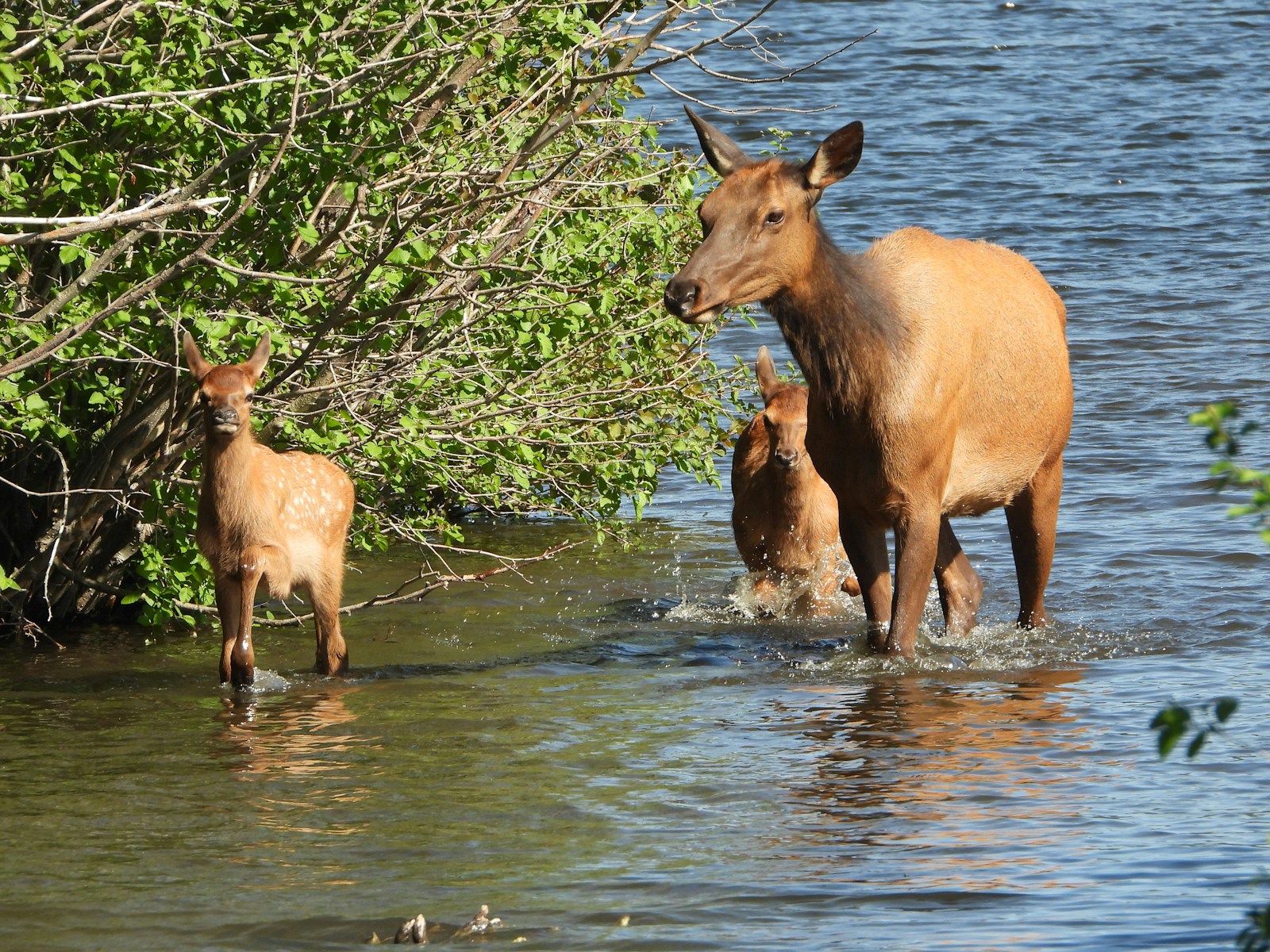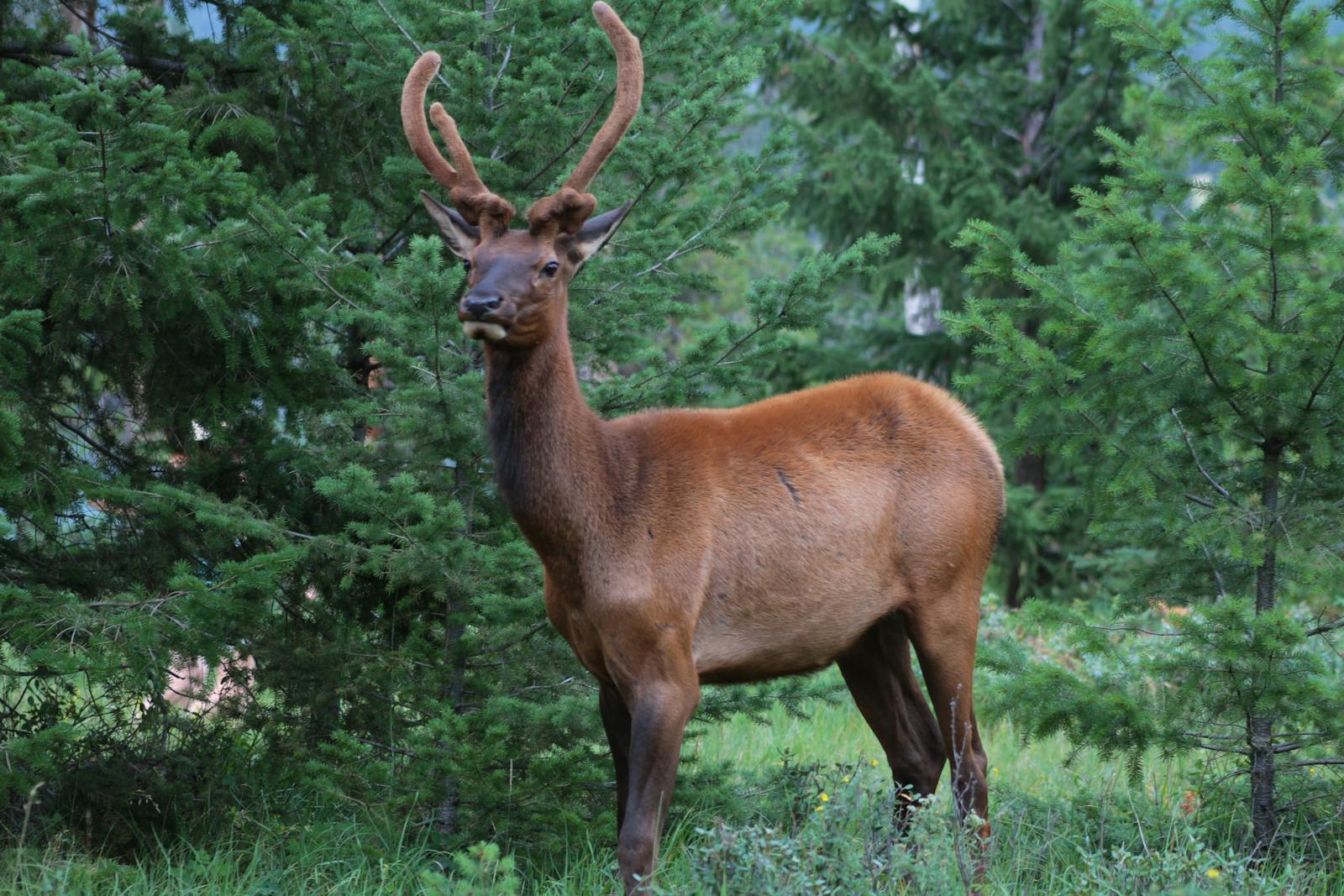By Rory Hale – REALTOR®, Rural Properties & Acreages near Calgary
During my morning walk with my dogs, I noticed a large shape in the distance coming from the river. At first, I wondered if the neighbours’ cows had wandered into the wrong pasture. Then I saw another shape, which had antlers and appeared skinny and somewhat funny-looking.
Those were elk! In the Fallen Timber area, or at least in my valley, I don't often see elk, so this was a special treat. It was particularly exciting to see two of them; most photos of elk show their mature antlers, but this one still had his antlers growing in. As the elk moved across the pasture, they spotted me and my dogs and quickly made a hard 90-degree turn back into the forest. What a great start to a summer morning!
The Elk at a Glance
Species: Rocky Mountain Elk (Cervus canadensis nelsoni)
Size: Bulls weigh 500–750 lbs, stand up to 1.5 metres at the shoulder, and stretch 2.4 metres nose to tail. Cows are smaller but still impressive.
Appearance: Summer coats glow reddish-brown, while winter brings darker hues. The bright white rump patch gives elk their Cree name wapiti — “white rump.”

The Drama of the Rut
From mid-August to October, elk gather for the rut — nature’s version of The Bachelor, but way louder. Bulls bugle in eerie high-pitched calls to attract cows and challenge rival males.
A single bull might guard a harem of 10–20 cows, spending more time chasing rivals off than actually eating.
Fun Fact: The elk’s bugle can carry over 2 km in the foothills — it’s both a love song and a “back off, buddy” warning!
Elk on the Move: Migration Mysteries
Elk herds in the foothills migrate seasonally:
Spring/Summer: Move upslope for rich grasses and cooler forests.
Fall/Winter: Drift down to lower elevations where snow is lighter and food is more accessible.
However, in places like Fallen Timber, you may see elk less often because:
Human activity, fencing, and acreage development interrupt old migration routes.
Elk increasingly stay hidden in deeper forests, becoming “ghost herds.”
Hidden Truth: Some elk herds have stopped migrating entirely if they find year-round food on private lands, which can lead to property damage — and some awkward yard guests!
Dining Like a Giant
Elk are gourmet grazers. Here’s what fills their menu:
Winter: Dried grasses, shrubs, moss, lichens, and even bark.
Spring/Summer: Fresh grasses, wildflowers (like dandelion and clover), tree sprouts, and mushrooms.
An adult elk can munch through up to 9 kg of vegetation every single day!

Predators and Perils
Though elk are mighty, they’re not invincible:
Natural predators: Wolves, cougars, bears, and even coyotes prey on calves.
Human threats: Habitat loss, roads, and hunting seasons push elk deeper into hiding and fragment their migration routes.
Diseases: Chronic wasting disease (CWD) is a growing concern in Alberta’s herds.
Little-Known Fact: Elk have been observed moving only at night during hunting season to avoid detection — they’re smart and learn fast!
Why Should Acreage Owners Care?
Even if you don’t see elk daily, they matter:
Wildlife Encounters: A bugling elk near your yard is a magical Alberta moment.
Property Management: Elk can damage fences and landscaping — smart planning can reduce conflict.
Environmental Value: Elk support predator populations, disperse seeds, and maintain healthy forests through grazing.
Property Appeal: Acreages teeming with wildlife can be a huge selling point for buyers seeking an authentic rural lifestyle.

Calling All Wildlife Lovers (and Acreage Dreamers)!
Do you love these deep dives into Alberta’s wild neighbours? Give this post a like, check out my other Wildlife Wednesday stories, and share your elk sightings if you’ve ever been lucky enough to catch one on camera!
Thinking of buying or selling an acreage where elk and other wildlife roam? I’d love to help you find your perfect piece of Alberta wilderness — or sell yours to someone who values these majestic creatures as much as you do.
Let’s talk rural living — and keep Alberta wild! 🦌


